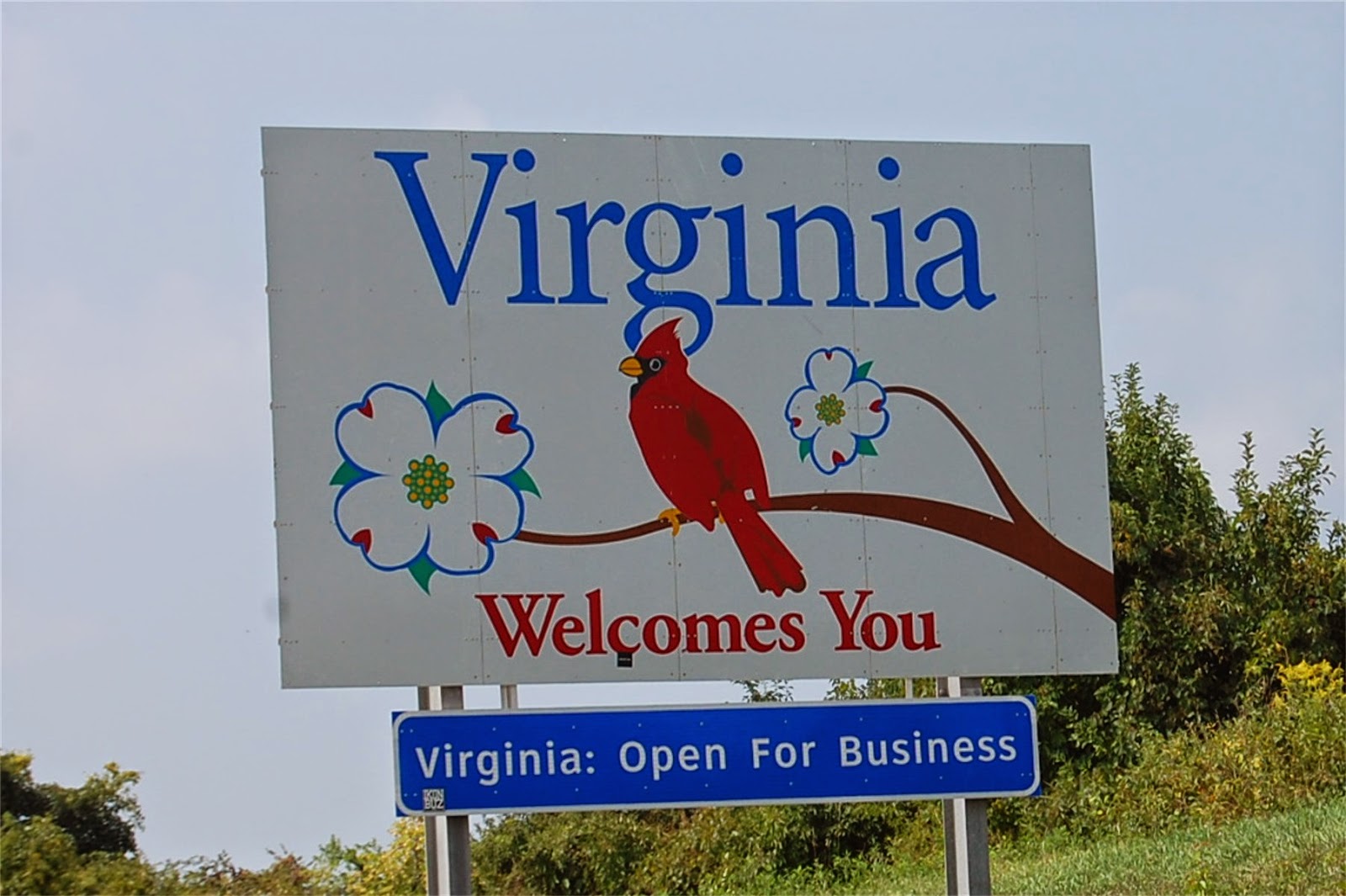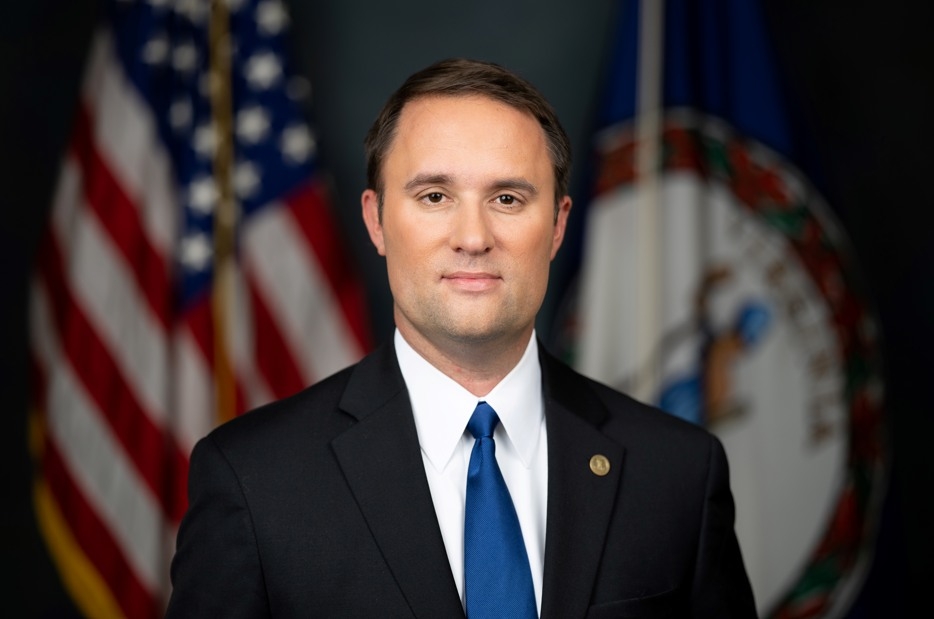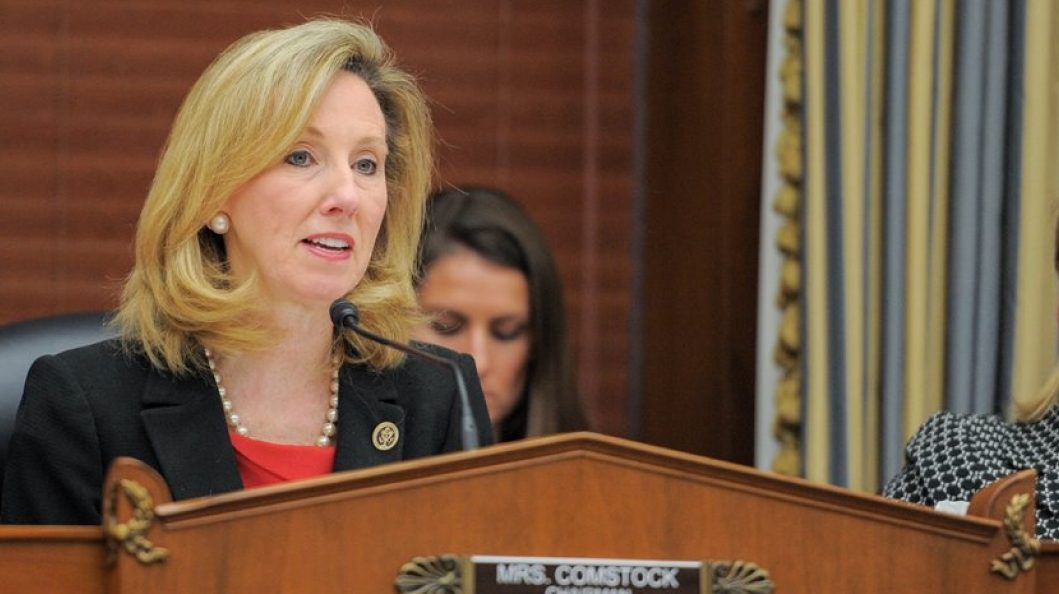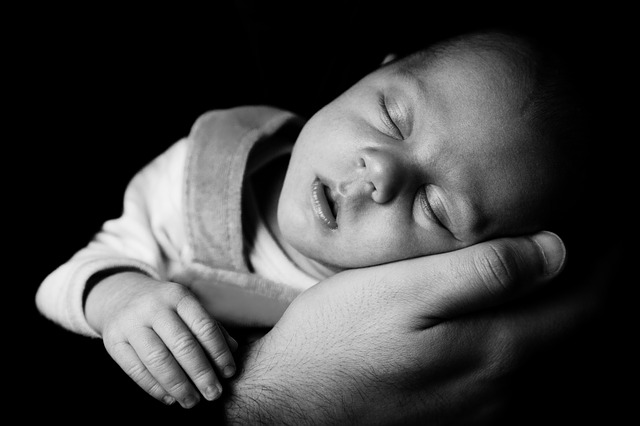For the past eight years, the Commonwealth’s population has grown at a faster pace than the national average, joining the western states with solid gains as areas in the Northeast and Midwest saw slower gains and even population declines. Between 2010 and 2018, the United States saw a six percent increase in population overall, growing from 308,758,105 to 327,167,434, or an increase of 18,409,329 people, according to new federal data from the Census Bureau.
In 2018, Virginia had a population of 8,517,685 residents, which grew by 6.5 percent during the eight-year period, adding approximately 553,650 people since 2010. The state was 19th in the nation in terms of population increase during that time period.
Virginia is now on track to have the same population of Israel in 2019.
The UVA Weldon Cooper Center for Public Service and the Virginia Public Access Project (VPAP) project that by 2040, some areas of the Commonwealth could see up to 123 percent gain in population, with others that may witness a decline of up to 33 percent.
The leaders for the eight distinct locations around Virginia in terms of projected increases and deceases over the next two decades are:
Capital Region: New Kent County +68%; Petersburg -11%
Chesapeake Bay: King George County +48%; Accomack County -20%
Hampton Roads: James City County +64%; Hampton -9%
Northern Virginia: Loudoun County +123%; Fairfax +12%
Piedmont: Stafford County +62%; Amherst County -4%
Southside Virginia: Isle of Wight County +28%; Martinsville -26%
Southwest Virginia: Montgomery County +25%; Buchanan County -33%
Shenandoah Valley: Harrisonburg +52%; Alleghany County -25%
Throughout the county, higher growth rates have been led by Washington, D.C., which saw a 16.7 percent gain. Among the top five population growth figures are: Utah, up 14.4 percent; Texas, up 14.1 percent; Florida, up 13.3 percent; and Colorado, up 13.2 percent.
The entire southern U.S. grew by 10.2 million to over 125 million residents from 2010 to 2018, a gain of 8.9 percent, with the western states increasing by 8.4 percent, or around six million people, now at 72 million.
Connecticut, Illinois, and West Virginia all saw population decreases during the eight-year period, with West Virginia’s dip of 2.5 percent being the largest of the three states.





